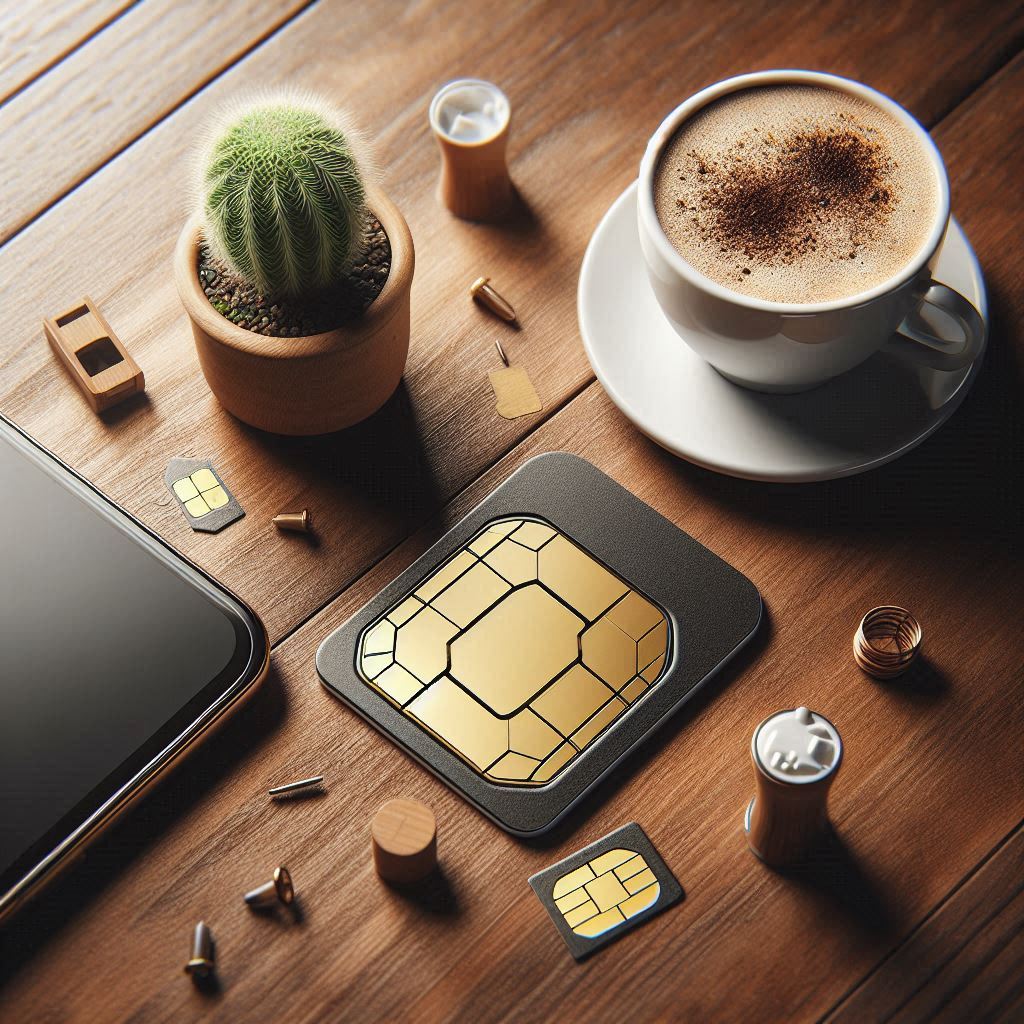Number porting, or transferring your mobile number from one telco to another, is a common practice in Singapore’s competitive telecom market. While usually a smooth process, there are instances where porting requests fail. Understanding the reasons behind these failures can help you ensure a successful transfer.

1. Incorrect or Incomplete Information:
The most common reason for porting failure is providing incorrect or incomplete information during the application. This can include details such as your name (the order of First Name, Last Name), NRIC/FIN number, current mobile number, existing operator (MNO or MVNO). Double-check all information before submitting your request.
2. Outstanding Bills or Contractual Obligations:
You must settle any outstanding bills with your current telco before porting your number. If you are still under contract, you might need to pay early termination fees. Some telcos need you to have a minimum period of at least 30 days before you are allowed to port out.
3. Registered under a Different Name or NRIC/FIN:
Most operators do not allow porting and change of ownership. e.g. you can’t port your father’s number to your newly sign up line registered under your name. Before you do that, you will need to do the change of ownership before porting out.
4. Porting Bar or Restriction:
In some cases, your current telco might place a porting bar or restriction on your number due to specific reasons, such as fraud prevention or ongoing investigations. You’ll need to resolve these issues with your current telco before porting.
5. Technical Issues or System Errors:
While rare, technical issues or system errors can occur during the porting process, causing delays or failures. If you suspect a technical issue, contact both your current and new telcos for assistance.
6. Number Already Ported or in the Process of Porting:
If your number has already been ported or is currently in the process of porting, subsequent porting requests will fail. Confirm the status of your porting request with both telcos.
7. Number not Eligible for Porting:
Certain types of numbers, such as pre-paid or special service numbers, might not be eligible for porting. Check with your telcos to confirm if your number can be ported.
8. Porting Request Exceeding Time Limit:
Porting requests typically have a time limit for completion. If your request exceeds this limit due to unresolved issues, it might be automatically canceled. If that is the case, you might need to get your telco to resubmit the porting request.
Conclusion:
Number porting in Singapore is generally a straightforward process. The quickest would be submission of porting in the day and at 11pm it will be cut off. The new telco takes over the number the next morning.
Always check your ported number at the new telco is able to send recv SMS and make recv voice calls.
If you encounter any issues during the porting process, don’t hesitate to contact both your current and new telcos for assistance.




